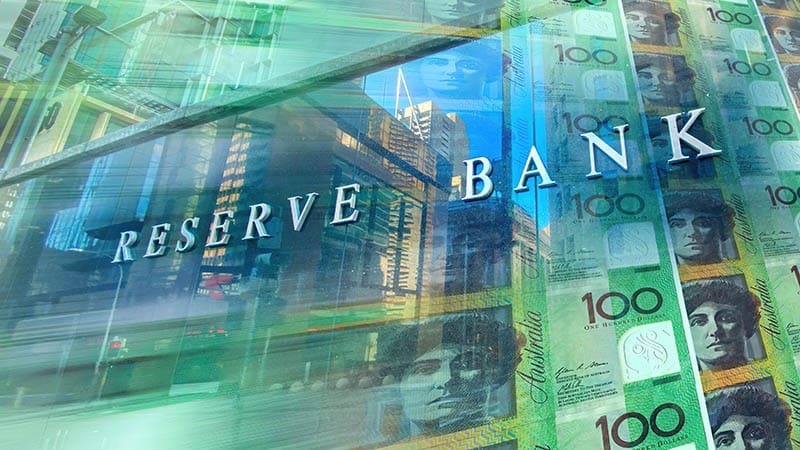(Source: RBA, ABS, Ray White)
Ms Bullock confirmed that the 1 April rates decision was more about the unknowns than what has actually transpired.
“Recent information suggests that underlying inflation continues to ease in line with the most recent forecasts published in the February Statement on Monetary Policy, nevertheless, the Board needs to be confident that this progress will continue so that inflation returns to the midpoint of the target band on a sustainable basis.
“It is therefore cautious about the outlook,” the Monetary Policy Decision statement noted.
“The Board noted that monetary policy is well placed to respond to international developments if they were to have material implications for Australian activity and inflation.”
When will the next rate cut come?
The latest decision came as no real surprise, with almost all economic observers tipping a hold at Tuesday’s meeting.
But there was shift in sentiment around expectations of a rate cut at the next RBA Board meeting on 20 May.
Market pricing for another rate cut in May slipped, pointing to a 75 per cent chance of a reduction in rates next month, compared to 85 per cent ahead of the announcement.
Sean Langcake, Head of Macroeconomic Forecasting for Oxford Economics Australia, said that underlying inflation is headed in the right direction but the monthly indicator does not give enough confidence to make a policy move, especially as it underweights information about services inflation.”
A rate cut might be some way off, he said.
“Absent a change in the RBA’s forecasts, or a bout of weakness in the economy due to global factors, we think the Bank will keep policy unchanged until Q4 of this year.”
“The turbulence in the global economy is clearly front of mind for the Board.
“The Australian economy is relatively well placed to weather the direct impacts of the ongoing escalation in tariffs, globally, however, heightened uncertainty and weaker business confidence were highlighted as potential headwinds to growth.”
“The big elephant in the room is Trump’s tariffs.”
– Dr Isaac Gross, Monash Business School
The Real Estate Institute of Queensland (REIQ) has argued that a May rate cut would make economic sense.
Antonia Mercorella, CEO, REIQ, said households would welcome additional relief after suffering a significant fall in real disposable income over the last two years.
“There have been signs of sluggishness in the private sector economy and a rate cut would help improve the outlook for businesses.
“Additional rate cuts are required to lift consumer confidence and borrowing capacity.
“They also stimulate additional demand and construction of new housing, which is sorely needed.”
The RBA will gain some valuable data with which to inform its mid-May meeting when the ABS releases the consumer price index for the March quarter on 30 April.
Interest rates and property prices
The property market has resumed its growth phase following a few months over the new year period that saw prices ease slightly on a national basis.
The decision to keep rates on hold might rein in capital growth over the next month or two but market sentiment does appear to be improving.
Knight Frank’s Chief Economist, Ben Burston, said the likelihood of a rate cut next month would add a boost to the residential property market.
“Since the first rate cut in February, we have witnessed a broadening in investor demand and with further cuts in prospect, investors still on the sidelines will increasingly come to the view that the Australian market now represents good value with strong prospects for cyclical recovery.”
Commercial property would also return to growth, he added.
Knight Frank’s Australian Horizon 2025 report launched at the end of last year predicted that the Australian commercial property market would experience a recovery from the middle of this year, with a return to growth.
“Well-located core assets in Sydney are expected to lead growth, with industrial first, followed by prime CBD offices.
“The Knight Frank report found the strength of the cyclical market recovery will be guided by the extent of interest rate cuts once the RBA started easing monetary policy,” Mr Burston said.
The Trump factor remains the great unknown.
Dr Isaac Gross, Department of Economics, Monash Business School, said January’s inflation numbers were very low, and if that were to be repeated in late April’s numbers, interest rate cuts would follow quickly.
“The RBA is still concerned that they might have been a one-off result and so will wait until their next meeting in May before committing to another cut.
“The big elephant in the room is Trump’s tariffs (due to be announced this week).
“Nobody knows how big they will be, who they will target and if other countries will retaliate but the RBA will be watching carefully to see if this tariff tiff poses a substantial risk to the Australian economy.”


